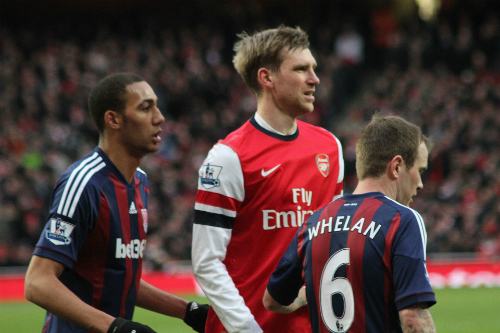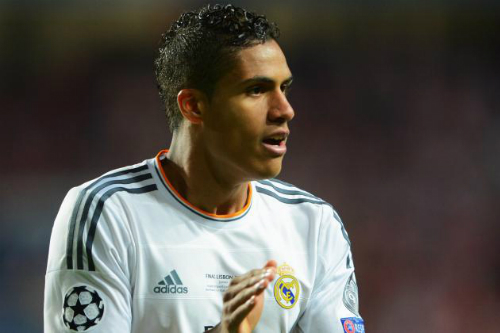The Bottleneck: Why Defenders Are Suddenly so Expensive
The conventional wisdom is, by now, rote in its recitation: A good soccer team needs a good striker. A great soccer team needs a great one. Don’t have one, particularly of the mythical “world class” variety, and you’re out of luck. And that’s why good strikers come with astronomical price tags. But but what if I told you the real global talent supply problem lay in central defenders, and that the price of defenders is rising accordingly?
Increasingly, it seems like there are plenty of good to great strikers and a real bottleneck in the supply of even average central defenders. A cursory look around the world’s top leagues reveals defense after defense in shambles, strange transfer activity, and some of the top clubs in the world showing an unashamed desperation for guys who can successfully head and kick the ball away.
Why the global shortage? The first thing to consider is that central defenders are best thought of as carefully formulated partnerships. Unlike most other positions on the pitch, defensive partnerships take both complimentary skillsets and time together to really shine. Remove one half of the equation and suddenly the math is all wrong, which means the numbers on the scoreboard start to look bad.
Arsenal are the most high profile example of this dynamic. Last year, Laurent Koscielny and Per Mertesacker formed arguably the best defensive partnership in the Premier League and one of the best in all of Europe. Their defensive pairing typified the combo of time investment and complementary skills needed to create a top-notch defense. Koscielny’s game is to use his speed and tackling to move around as a mobile defender, while Mertesacker relied on his reading of the game and height to clean up anything which got past Koscielny. Both were healthy almost throughout 2013/14, helping a periodically shaky Wojciech Szcz?sny claim the Golden Glove award.

Now, Koscielny is struggling with chronic tendonitis issues and Mertesacker may as well be a different player. He looks slow and unsure without his French partner. The best pairing in Arsenal’s thin defense is Mertsesacker and the young Calum Chambers, but Chambers is a player in Mertesacker’s mold. There’s no continuity and no left-footed, mobile center back to play off of Mertesacker’s strengths. Arsenal’s defense has been an absolute shambles when Koscielny is injured, which is often.
It doesn’t mean that Mertesacker is suddenly terrible, but it does mean that the partnership, which was the core of Arsenal’s best defense in years last season, has been broken. Look anywhere in any league, and the best defenses are led by a steady, little-changing partnership much like Arsenal’s last season. The John Terry and Gary Cahill duo is rock on which Chelsea’s most recent run of success has been built. They look particularly good this season, as Cahill’s move from Bolton recedes into the distance. At Real Madrid, Sergio Ramos and Pepe are the stalwarts. Until recently, Manchester United’s success ran primarily through the defensive pairing of Rio Ferdinand and Nemanja Vidic.
This demand for two solid defenders who play in complimentary styles constricts the market. Anyone can buy one good defender, but one isn’t enough. And, for those teams who do have the one good defender who fits a needed profile at a big money club, the solitary defender is a hot commodity. Prices are creeping up and, increasingly, it doesn’t seem like the inflation is a fluke.

